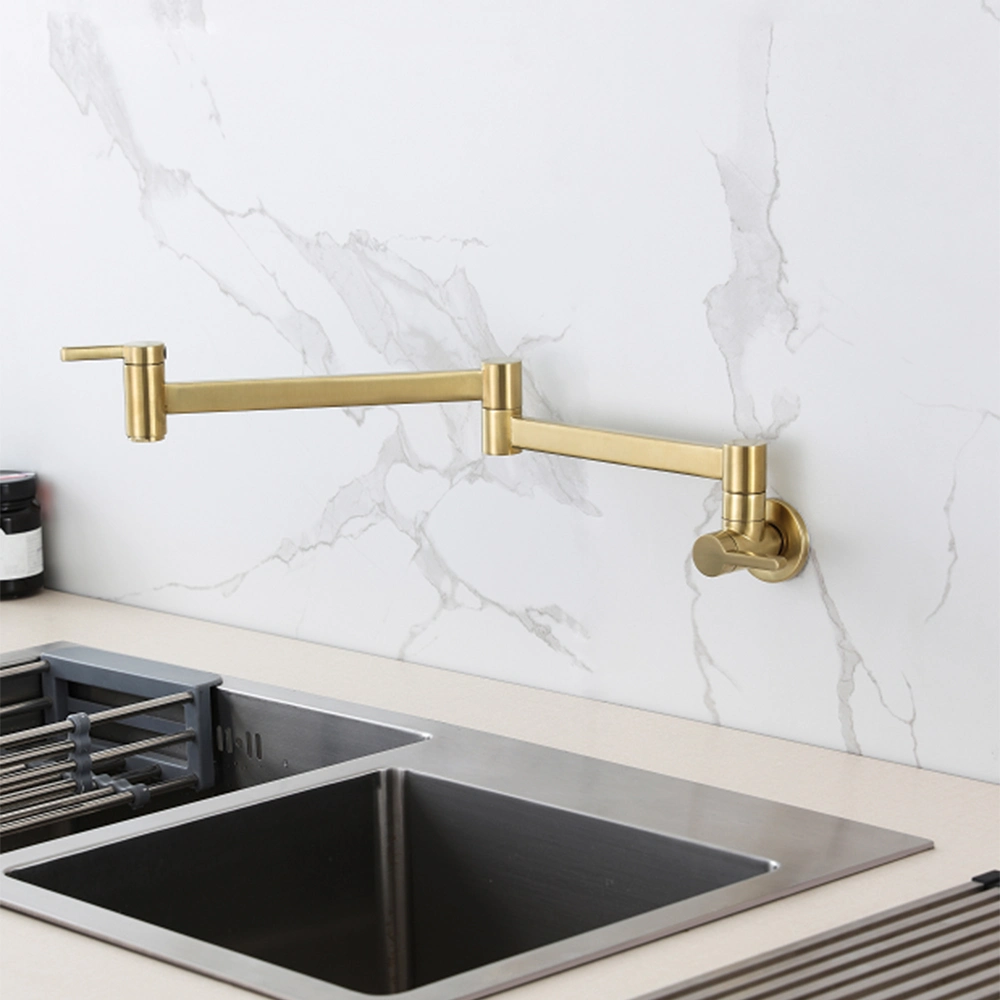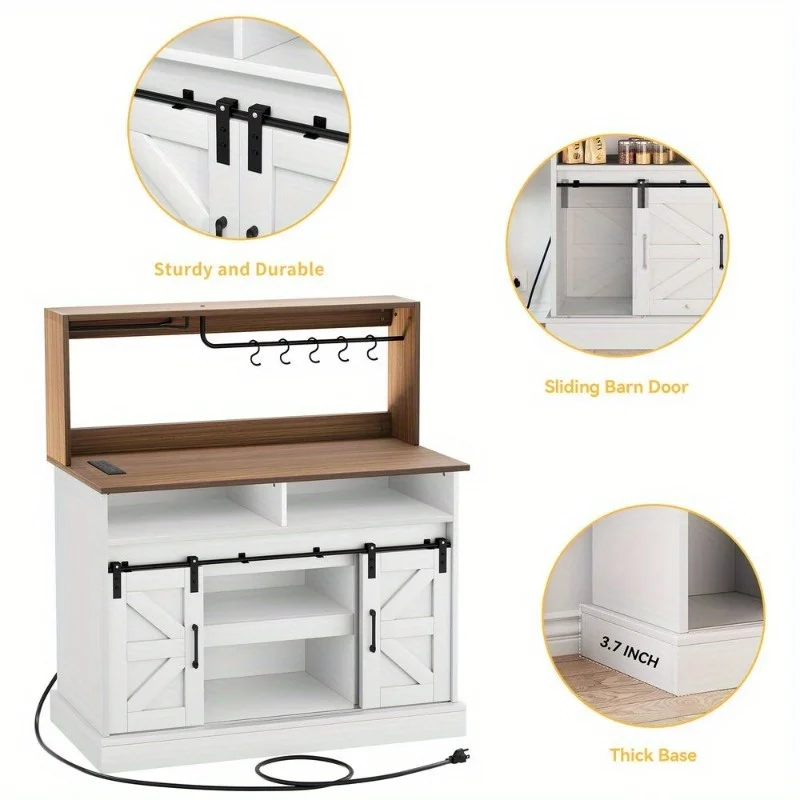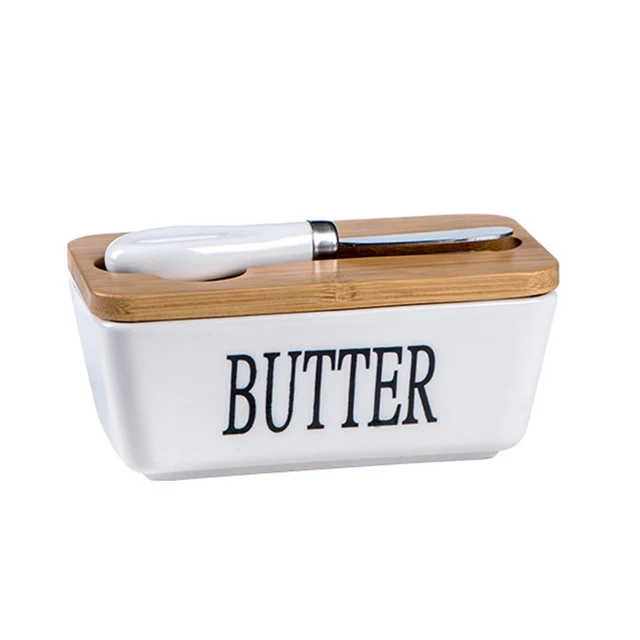Introduction of Unclog a Kitchen Sink with Standing Water:
Dealing with a clogged kitchen sink that has standing water can be a frustrating experience. However, with a few simple techniques and tools, you can effectively unclog the drain and restore proper water flow.
In this article, we will explore various methods to unclog a kitchen sink with standing water. By understanding these techniques, you can tackle the issue swiftly and efficiently, reclaiming a fully functional kitchen sink.
The Hazards of a Kitchen Sink with Standing Water:
Bacterial Growth:
Standing water in a kitchen sink can become a breeding ground for bacteria and other microorganisms. This poses a health risk as these pathogens can contaminate dishes, utensils, and food prepared in the sink.
Foul Odors:
When water remains stagnant in the sink, it can produce unpleasant odors. The combination of food debris, grease, and bacteria can create a foul smell that permeates the kitchen area.
Damage to Sink and Plumbing:
Prolonged exposure to standing water can lead to damage to the sink, pipes, and plumbing system. The water may corrode or rust the sink material and cause leaks or weakening of the pipes.
Pest Infestation:
Standing water can attract pests such as flies, mosquitoes, and cockroaches. These pests are not only a nuisance but can also carry diseases and contaminate food and surfaces in the kitchen.
Water Overflow and Damage:
If the water level in the sink continues to rise and does not drain, it can overflow and cause water damage to the surrounding area. This can result in damage to cabinets, flooring, and nearby appliances.
Inconvenience and Disruption:
A clogged kitchen sink with standing water can disrupt daily kitchen activities. It becomes difficult to wash dishes, prepare food, and use the sink for other necessary tasks. This inconvenience can cause frustration and disrupt the smooth functioning of the kitchen.
Potential Water Contamination:
If the standing water in the sink mixes with other substances like cleaning chemicals or pesticides, it can contaminate the water supply. This can pose a health risk if the contaminated water is unknowingly used for drinking or cooking.
It is essential to address a clogged kitchen sink with standing water promptly to mitigate these hazards. By unclogging the sink, ensuring proper drainage, and maintaining a clean and dry sink area, you can prevent these risks and ensure a safe and functional kitchen environment.
Assessing the Situation:
Determine the Severity:
Assess the level of standing water in the sink. If it is minimal, you may attempt some quick fixes. However, if the standing water is significant and does not drain at all, it may require more extensive measures or professional assistance.
Identify the Cause:
Try to identify the cause of the clog. Common culprits include food debris, grease buildup, or foreign objects that have made their way into the drain.
Quick Fixes:
Plunger Method:
Use a sink plunger to create suction and dislodge the clog. Ensure the plunger covers the drain completely and plunge vigorously several times. The suction created can help dislodge the obstruction.
Boiling Water Method:
Boil a large pot of water and carefully pour it directly into the drain in one or two stages. The hot water can help dissolve grease or break up minor clogs.
Natural Remedies:
Baking Soda and Vinegar: Pour a cup of baking soda into the drain, followed by a cup of vinegar. Let the mixture sit for about 15 minutes, then flush the drain with hot water. The reaction between the baking soda and vinegar can help break up the clog.
Salt and Hot Water: Mix half a cup of salt with boiling water and carefully pour it down the drain. Allow it to sit for a few minutes, then flush the drain with more hot water. The saltwater solution can help dissolve grease and debris.
Manual Removal:
Remove Standing Water:
If possible, remove as much standing water from the sink as you can using a cup or bucket. This will help prevent overflow or splashing when working on the clog.
Remove the P-trap:
Place a bucket or container beneath the P-trap (the curved pipe under the sink). Unscrew the slip nuts on either side of the P-trap and carefully remove it. Clear any debris or clogs from the trap and reattach it.
Mechanical Methods:
Plumbing Snake:
Insert a plumbing snake or auger into the drain and rotate it clockwise. Push the snake further into the drain to break up or hook onto the clog. Slowly retract the snake and flush the drain with hot water to clear any remaining debris.
Zip-It Tool:
Insert a Zip-It tool or similar plastic drain cleaning tool into the drain. Move it up and down to catch hair or other visible debris. Pull out the tool slowly to remove the clog.
Chemical Drain Cleaners:
Use chemical drain cleaners as a last resort, as they can be harsh on pipes and potentially harmful to the environment. Follow the manufacturer’s instructions carefully and take appropriate safety precautions.
Avoid using chemical drain cleaners if you have a septic system, as they can disrupt the balance of bacteria in the system.
Prevention of Unclog a Sink with Standing Water:
Regular Maintenance: Implement preventive measures to keep your kitchen sink drain clear. Avoid pouring grease or oil down the drain, use a sink strainer to catch food debris, and periodically flush the drain with hot water to prevent buildup.
Conclusion:
Dealing with a clogged kitchen sink with standing water can be a frustrating experience, but with the right techniques, you can effectively unclog the drain. From quick fixes and natural remedies to manual removal and mechanical methods, there are various approaches to clear the clog and restore proper water flow. Remember to assess the severity of the clog, identify the cause, and choose the appropriate method accordingly. By implementing preventive measures and regular maintenance, you can minimize the occurrence of clogs and keep your kitchen sink drain clear and functional. Enjoy a smoothly running kitchen sink, free of standing water and ready for everyday use.







